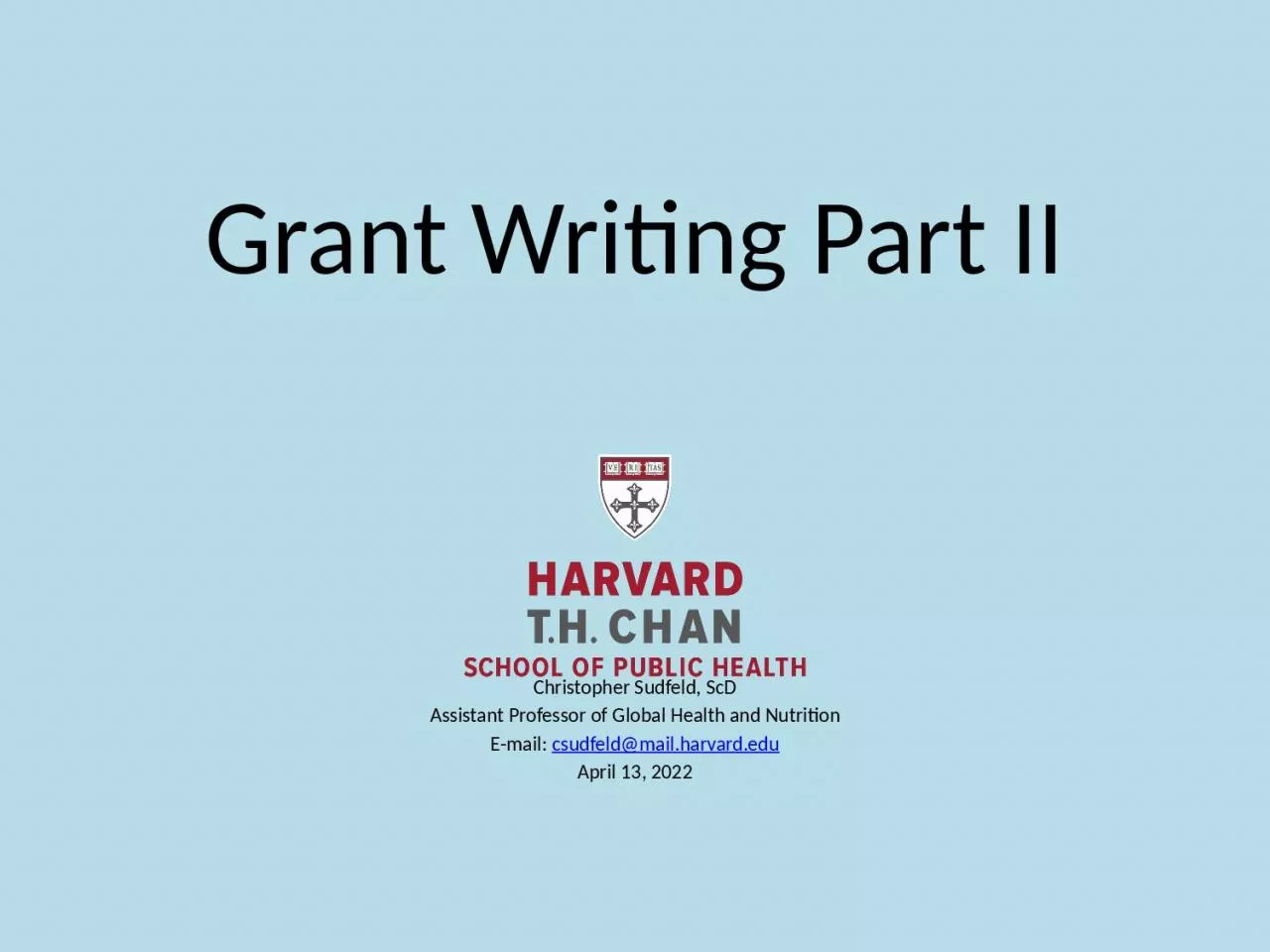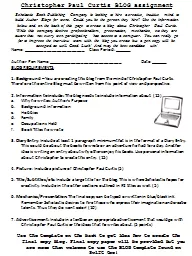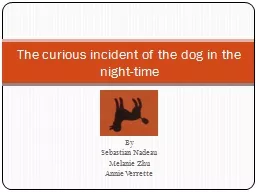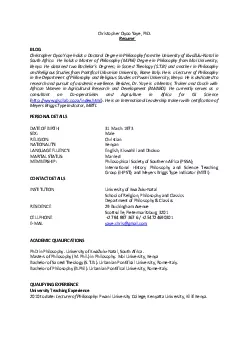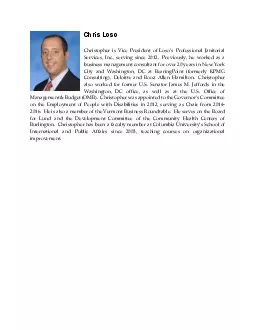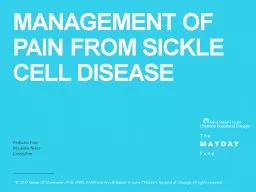PPT-Christopher Sudfeld , ScD
Author : yvonne | Published Date : 2023-11-23
Assistant Professor of Global Health and Nutrition Email csudfeldmailharvardedu April 13 2022 Grant Writing Part II Todays Seminar NIH Biosketch Letters of Support
Presentation Embed Code
Download Presentation
Download Presentation The PPT/PDF document "Christopher Sudfeld , ScD" is the property of its rightful owner. Permission is granted to download and print the materials on this website for personal, non-commercial use only, and to display it on your personal computer provided you do not modify the materials and that you retain all copyright notices contained in the materials. By downloading content from our website, you accept the terms of this agreement.
Christopher Sudfeld , ScD: Transcript
Download Rules Of Document
"Christopher Sudfeld , ScD"The content belongs to its owner. You may download and print it for personal use, without modification, and keep all copyright notices. By downloading, you agree to these terms.
Related Documents

